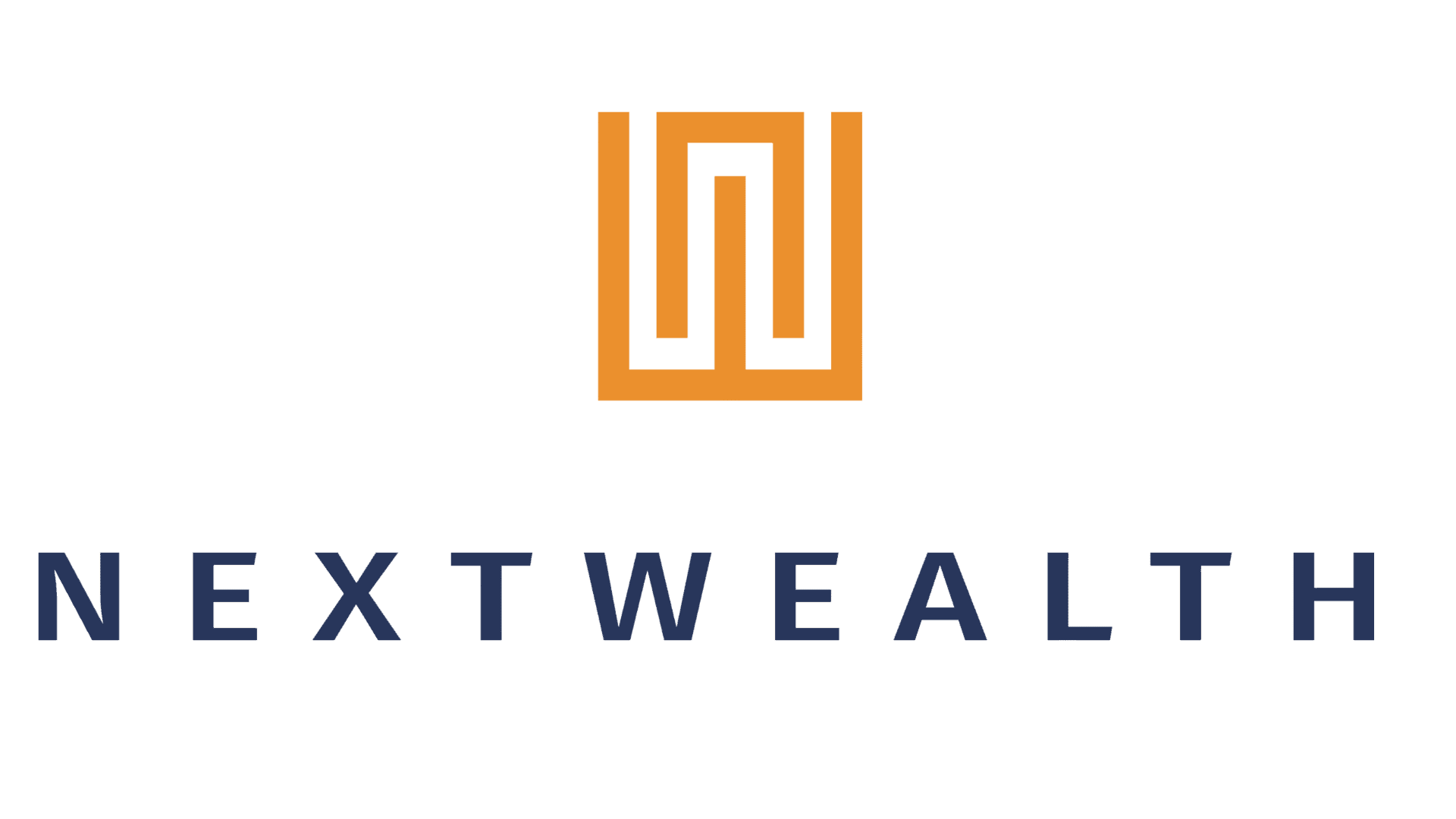Tech spend: is it worth it?
By Next Wealth | 08 January 2020 | 3 minute read
We launched the NextWealth Directory because we want to support advice businesses in conquering your tech stack, to help firms thrive in challenging times. Whether your firm considers technology the essence of your core service proposition or the backbone of your operations and infrastructure, or perhaps a necessary evil, there’s no getting away from how important it is to the success of the business.
Our survey respondents this summer reported spending on average £10-25,000 a year on tech solutions for those firms with between 6 and 10 staff, and a third of firms with 11-20 staff spend up to £50k annually. However, directly assessing the return on that investment is problematic for an individual firm, given so many other variables in the business.
So we were keen to read Intelliflo’s latest eAdviser Index, which collates high level business data on revenue, AUM, and client numbers from its user base to try and determine whether or not there is a correlation between adoption of technology and business results. Given that 46% of the advisers we surveyed are currently using Intelligent Office (iO) for their back office solution then we think the results are significant to our audience.
The key takeaway point is that at every increased level of technology adoption, the Intelliflo data show more revenue per adviser, a higher percentage of recurring revenue, a greater number of active clients and more assets managed per adviser.
Intelliflo surmise that this is because using more of the functionality within the iO back office system means increased efficiency and therefore more time available to service clients.
To analyse the data, Intelliflo split their user firms into four categories based on a points system: Explorers, Adopters, Embracers and Champions. To score maximum technology points and get into the Champion category, firms need to be using all parts of the iO system and use a number of areas very well. As Intelliflo describes, “these firms have set out a technology vision and are delivering it”.
“Embracers”, those on the next rung down of the ladder, are firms with a “very strong adoption of technology in most areas”. Even though they are using the technology extensively, when compared against the Champions the difference is marked. Intelliflo reports that champions “achieved 79% more revenue [than Embracers], 90% more recurring revenue, 92% more clients and 97% more assets under advice”.
And indeed at each step up through the four categories, Intelliflo found improved business metrics compared with the group before it.
Readers can download the original eAdviser Index white paper here.
One of Intelliflo’s objectives in creating the Index was to combat the belief that back office systems, like iO, can be too complicated and that “only large firms have the resources to fully leverage the benefits”.
Of course there are also many very successful firms who run businesses from a back office based almost entirely on Excel spreadsheets, or systems they’ve built themselves and as with anything in this industry there is no one size fits all. We talked at length this Summer with a multi-award winning, highly respected independent firm who have built virtually all of their tools and systems in-house, from cash flow modeling to risk profiling to the back office.
However, the results from Intelliflo’s analysis of 2.3billion data points within its system make compelling reading and proof we believe that getting the adviser tech stack working effectively is well worth the effort.
The NextWealth Directory rates and reviews the technology that supports financial planning businesses. The more the directory is used the more useful it will be to the community. You can sign up for free and leave a review either under your name or anonymously on our website.


